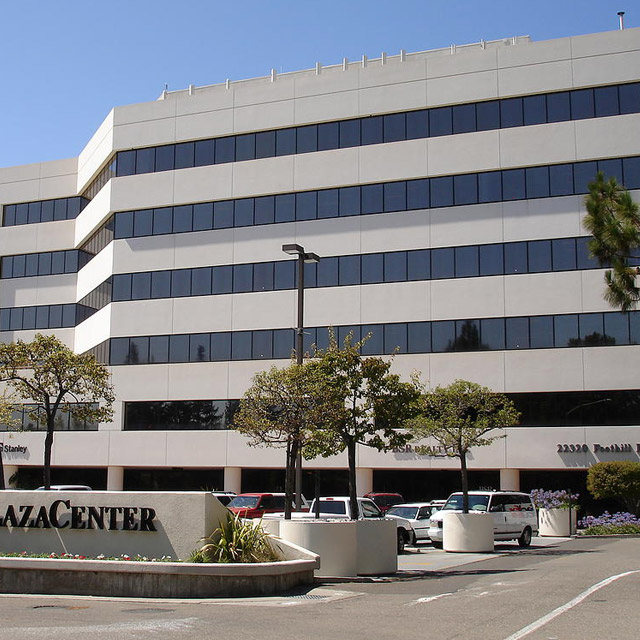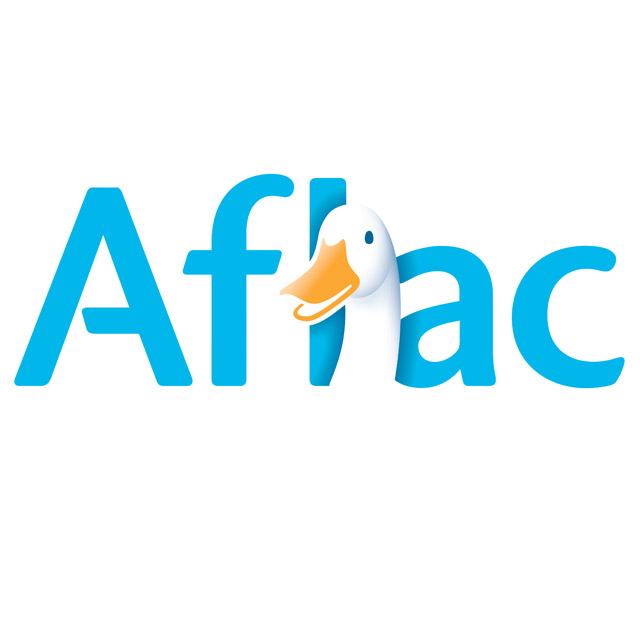
As many highly successful, family-owned businesses will attest, it’s difficult to sustain growth and profitability from one generation to the next. R. Zaballos & Sons, a property management, general contracting, construction firm with agricultural interests, was experiencing the largely predictable challenges of growth and diversification while transitioning leadership to a third generation and attempting to attract new family members to the business. No easy task, to be sure.
The Schnur Group was retained to help the firm make the transition smoothly and, in the process, increase its ability to grow. We:
And, in the process, helped bring the family together. Which, all things considered, may be more important than a successful business.

Like many public utilities, Denver Water is facing the impending retirement of nearly half its workforce in the next 5 – 7 years. In anticipation of the significant loss of talent and the influx of many new workers, Denver Water created Employer of the Future, an ambitious initiative to counteract the impact of mass retirement, to build a culture of innovation, and to position the organization for performance improvement for years to come. The Schnur Group was hired to design and lead the initiative. The primary goal: Create a workplace that could deliver superior performance and, in the process, help make Denver Water a terrific place to work.
Leading cross-functional teams of employees, we:
As is our style, we created internal capabilities to ensure that the effort could be sustained without a long-term dependence on us. Success for us, after all, is whether the initiative can continue after we’ve gone. And it has.

The situation. Leadership of Denver International Airport (DIA) sought to increase performance and service by creating a vision statement for the organization and, subsequently, developing and implementing a Strategic Plan to guide its growth. It was hoped that a new vision and well-crafted, compelling Strategic Plan would provide a catalyst for culture change that would, in turn, help to elevate the customer experience.
Jacobs Consultancy and The Schnur Group (TSG) were hired to assist in the development of the vision and first draft of the Strategic Plan. Subsequently, TSG was engaged to develop and oversee an implementation plan to achieve the objectives defined in the Strategic Plan.
Key objectives. The goals of the project included:
Project scope. Activities included:
Benefits achieved. To date, benefits have included:

The situation. Los Angeles World Airports (LAWA), operator of Los Angeles International, Ontario, Palmdale and Van Nuys Airports, required a new organization structure and an enhanced operating culture to enable it to accomplish a new set of business objectives. The organization, previously structured to provide efficient service while developing a comprehensive Master Plan, was now faced with the challenge of increasing service quality in the ever-intensifying competitive environment of its industry and delivering an unparalleled series of complex and expensive revitalization and construction projects. The Schnur Group (TSG) was retained to develop a cost-effective, employee-lead process to improve internal efficiencies, enhance service, drive performance gains and, in the process, create a culture that was more adaptable, resilient and one capable of sustaining growth.
Key objectives. The goals of the project included:
Project scope. Activities included:
Benefits achieved. To date, benefits include:

The situation. The American Family Life Assurance Company of Columbus (Aflac), a large and fast-growing supplemental insurance company, required an innovative program to develop and enhance leadership skills in the organization’s top 500 employees. Executive leadership requested the creation of a distinct leadership program for each of three key management groups: Senior managers (75), mid-level managers (150), and managers and supervisors (approximately 300). The leadership programs were to develop and enhance skills specific to the company’s leadership competency model.
Key objectives. The goals of the project included:
Project scope. Activities included:
Benefits achieved. Following the completion of the work, the company reported:

The situation. The Finance and Accounting function of The Clorox Company, a multi-national consumer products company, required a new organization structure, one capable of increasing the ability of the function to serve the needs of the business. The function also needed a variety of support systems and processes to elevate performance, including: A new on-boarding process, a career planning and development process, and an aggressive program to develop leaders from within the function.
Key objectives. The goals of the project included:
Project scope. Activities included:
Benefits achieved. Following the completion of the work, the function: